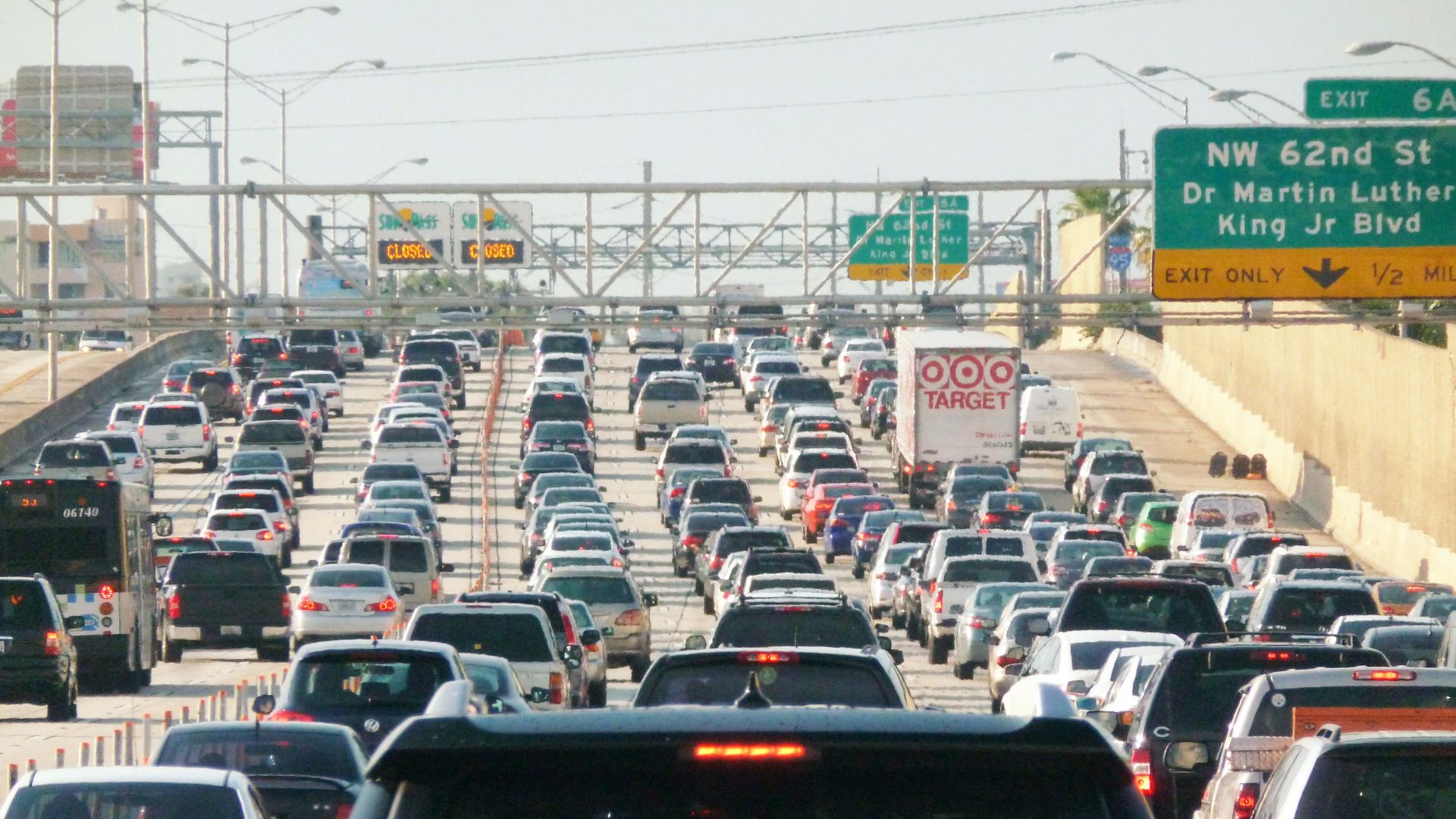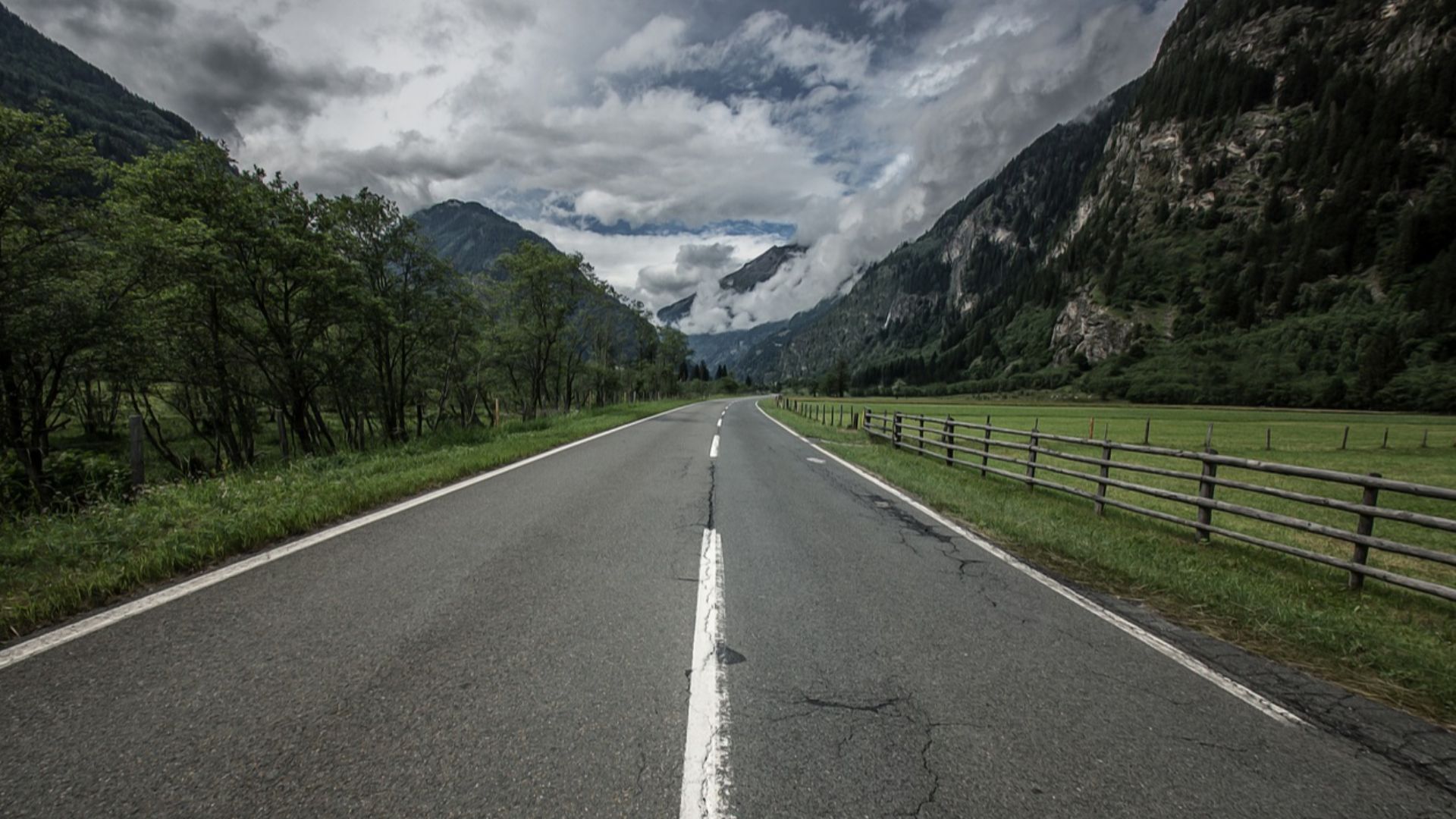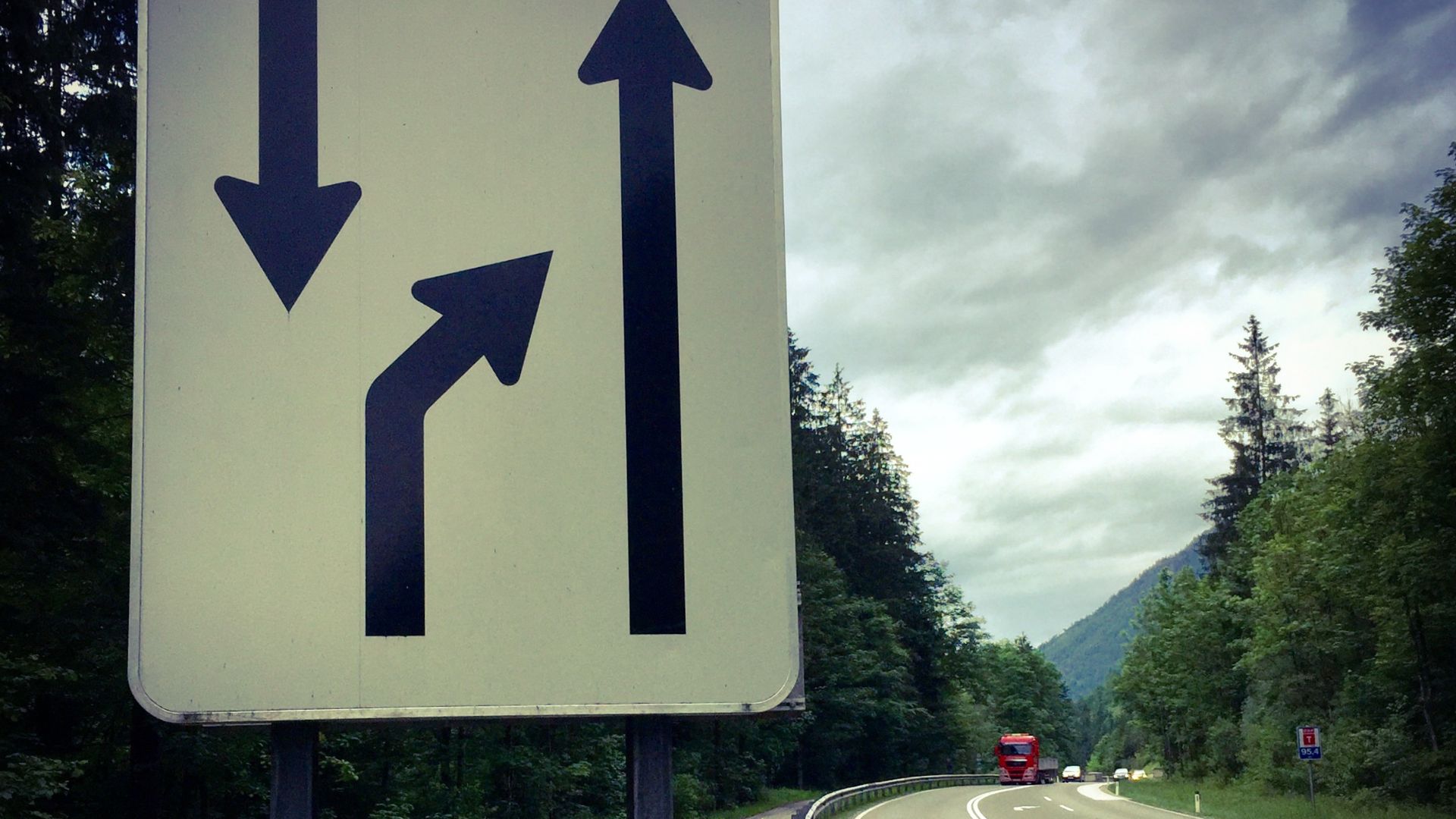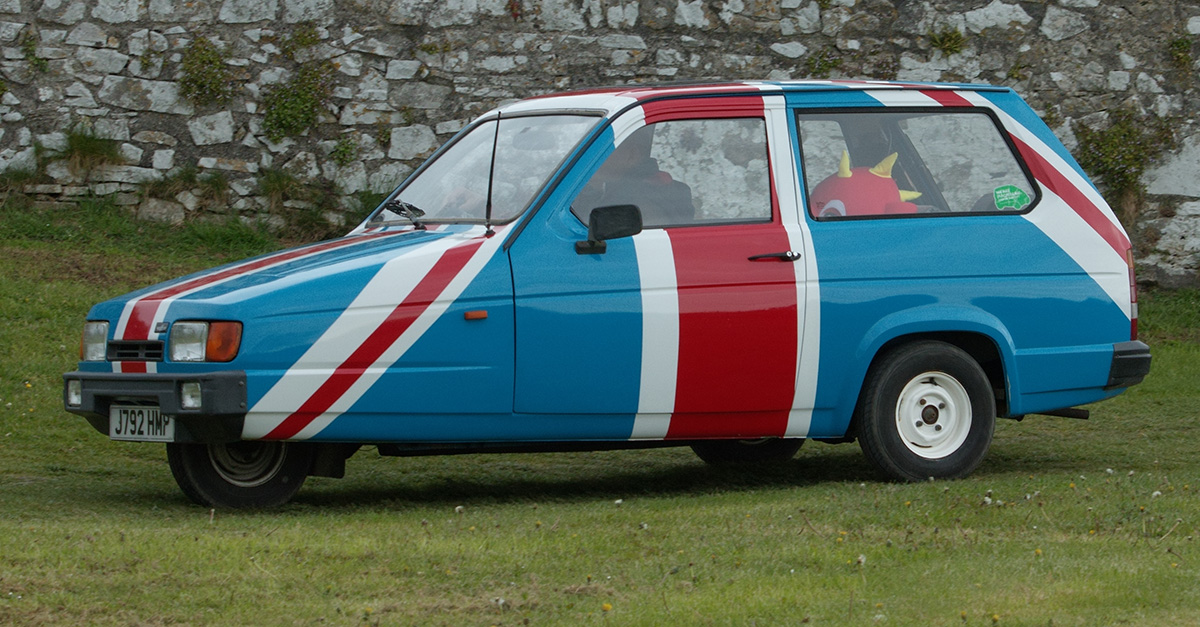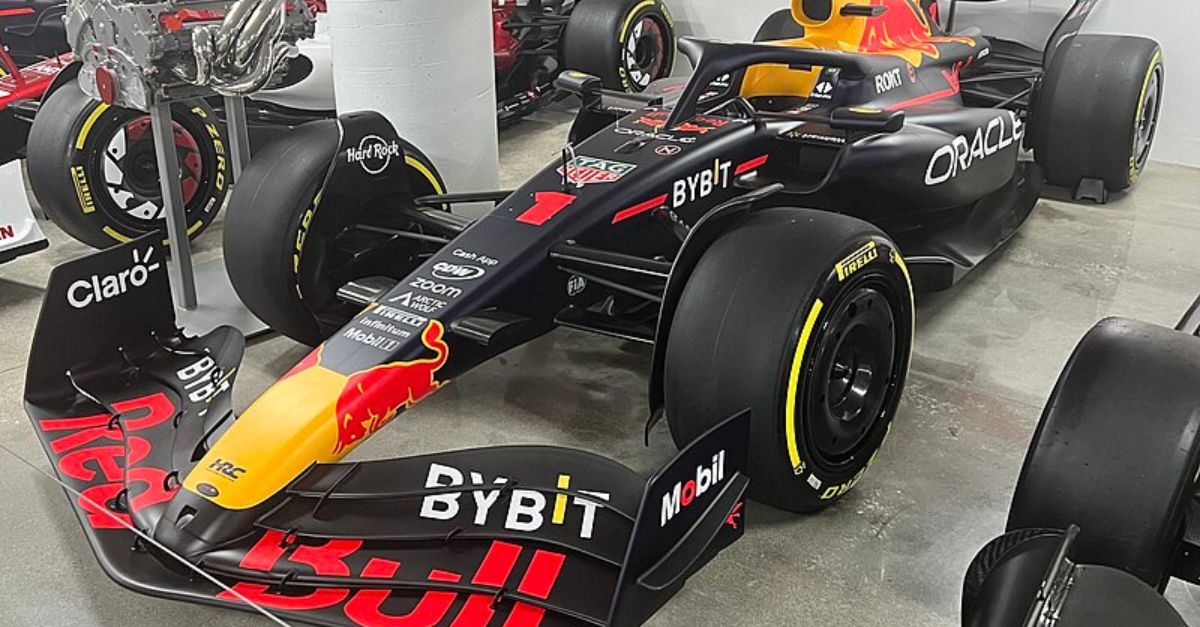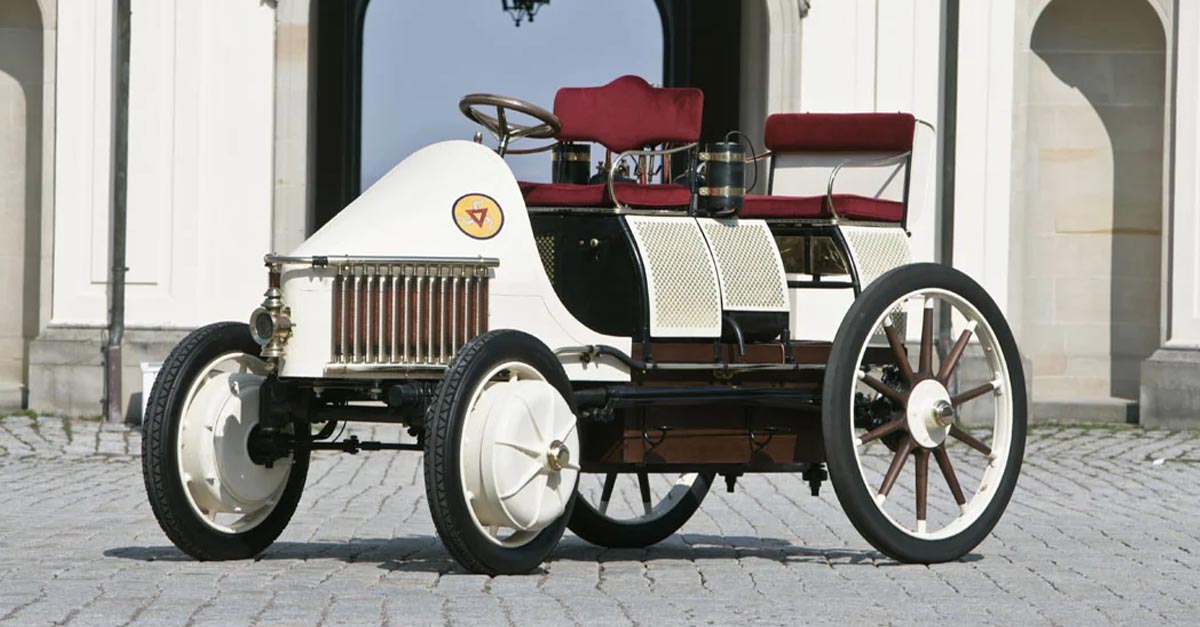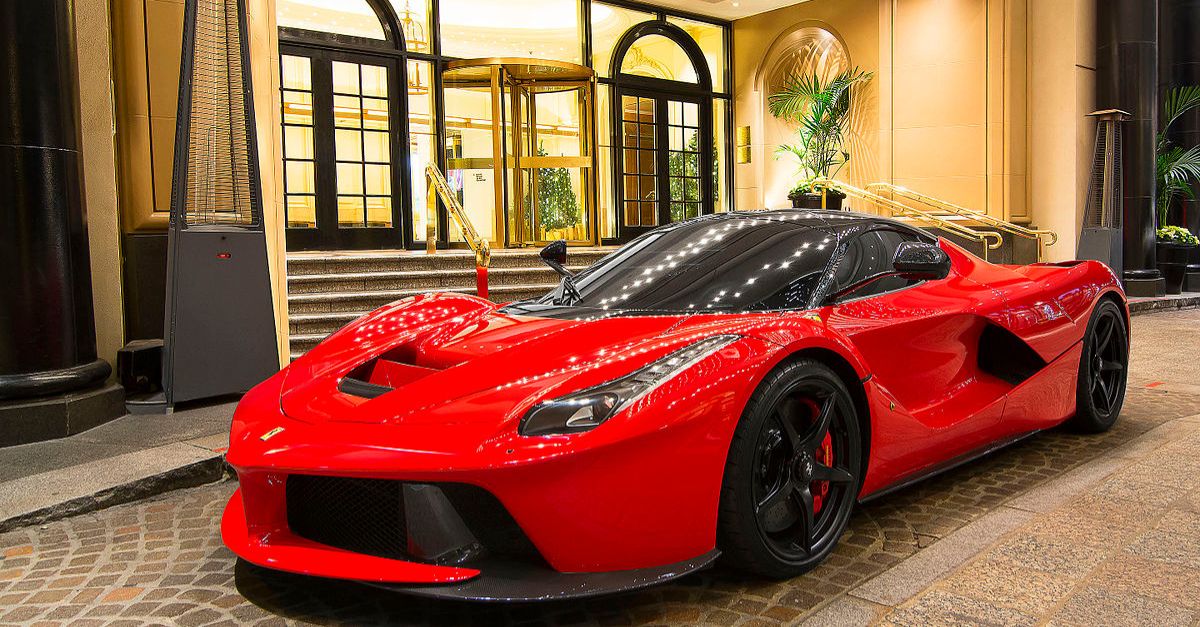Europeans Think These American Driving Habits Are Very Strange
America and Europe may share a love of the open road, but the way drivers behave on each side of the Atlantic sometimes feels like comparing two different planets. While Europeans zip around compact cities, navigate centuries-old streets, and rely heavily on public transit, Americans experience driving through a far more sprawling, car‑centric lens. To Europeans, many U.S. driving habits feel quirky, dramatic, or just plain confusing. Let’s dive into the most eyebrow‑raising differences.
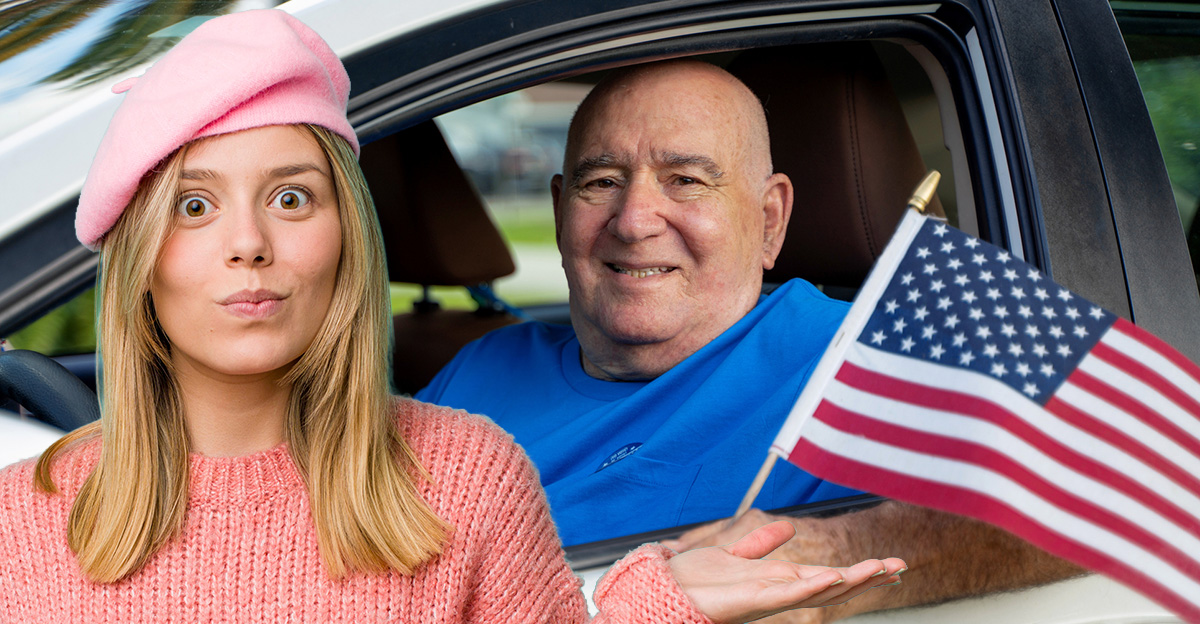
Driving Everywhere Instead of Walking
Americans will often hop in the car for distances Europeans would easily stroll. Thanks to sprawling suburbs, scarce sidewalks, and car-first design, driving becomes the default—even for what Europeans would call a pleasant little walk around the corner.
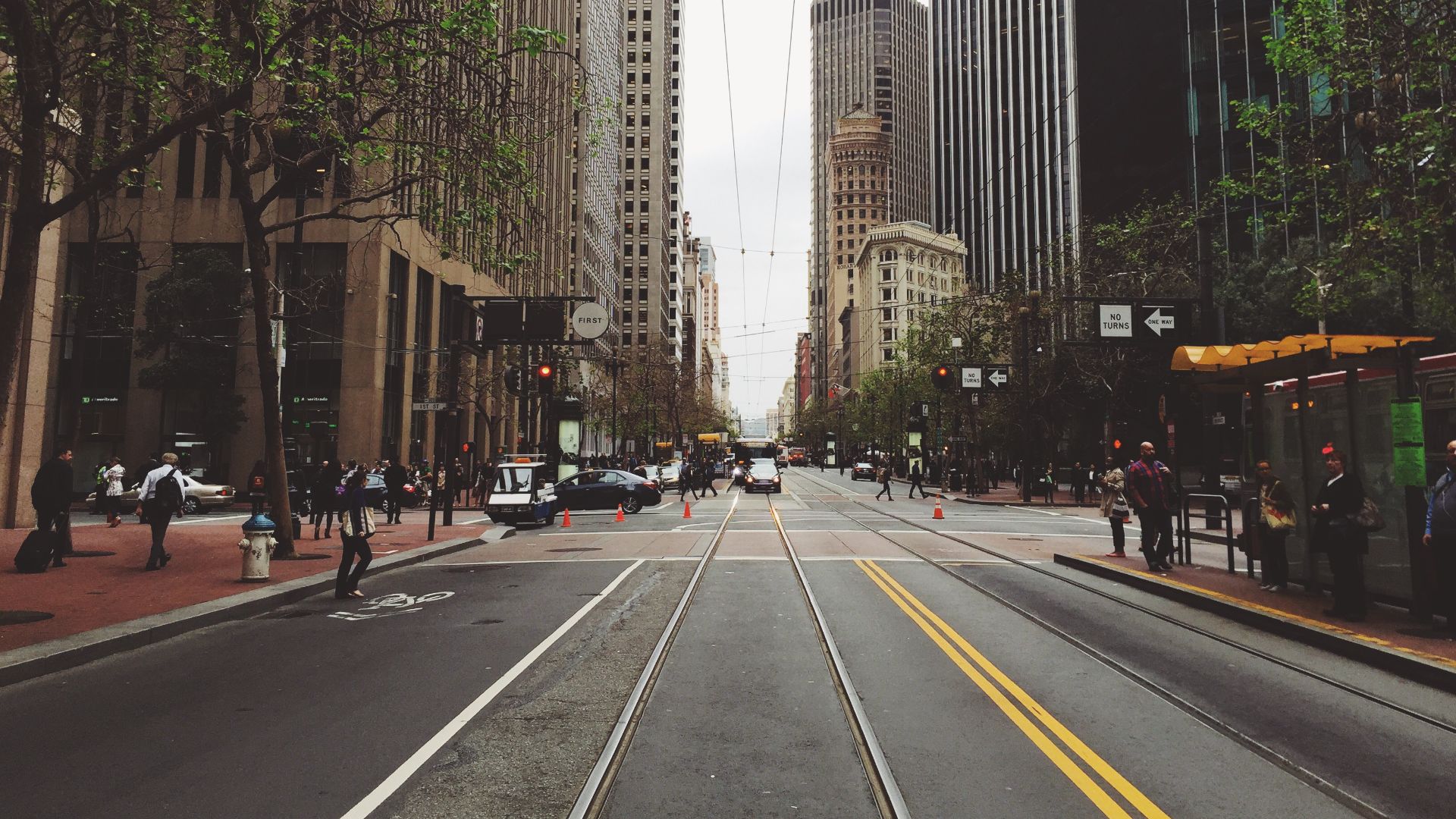 Rob Bye robertbye, Wikimedia Commons
Rob Bye robertbye, Wikimedia Commons
Enormous Parking Lots
Big-box stores, malls, and even small businesses in the U.S. often come with massive parking lots that seem almost comically large. Europeans, used to tighter spaces and limited parking, are amazed at how much land Americans devote to simply storing cars.
Owning Oversized Vehicles
Pickup trucks and giant SUVs are everyday drivers in America, even for people who rarely haul anything bigger than groceries. Europeans, navigating narrow streets and high fuel prices, usually stick to compact cars—and find America’s vehicular supersizing endlessly entertaining.
 Alexander Migl, Wikimedia Commons
Alexander Migl, Wikimedia Commons
Cheap Gasoline Compared To Europe
Gas in the U.S. costs a fraction of what Europeans pay, making long commutes and gas‑guzzling vehicles far more affordable. Europeans are often stunned by how cheap American fuel is and how it shapes the country’s driving culture.
 Michael Rivera, Wikimedia Commons
Michael Rivera, Wikimedia Commons
Long Daily Commutes
Commuting 30 to 40 miles each way is considered normal by many Americans. Europeans, whose cities tend to be more compact and better connected by transit, often can’t imagine spending so much time behind the wheel every day.
Drive-Thru Everything
Drive‑thru coffee? Sure. Drive‑thru banking? Of course. Drive‑thru pharmacies? Absolutely. The U.S. takes convenience to the next level, and Europeans are often amused by just how far Americans will go to avoid leaving their cars.
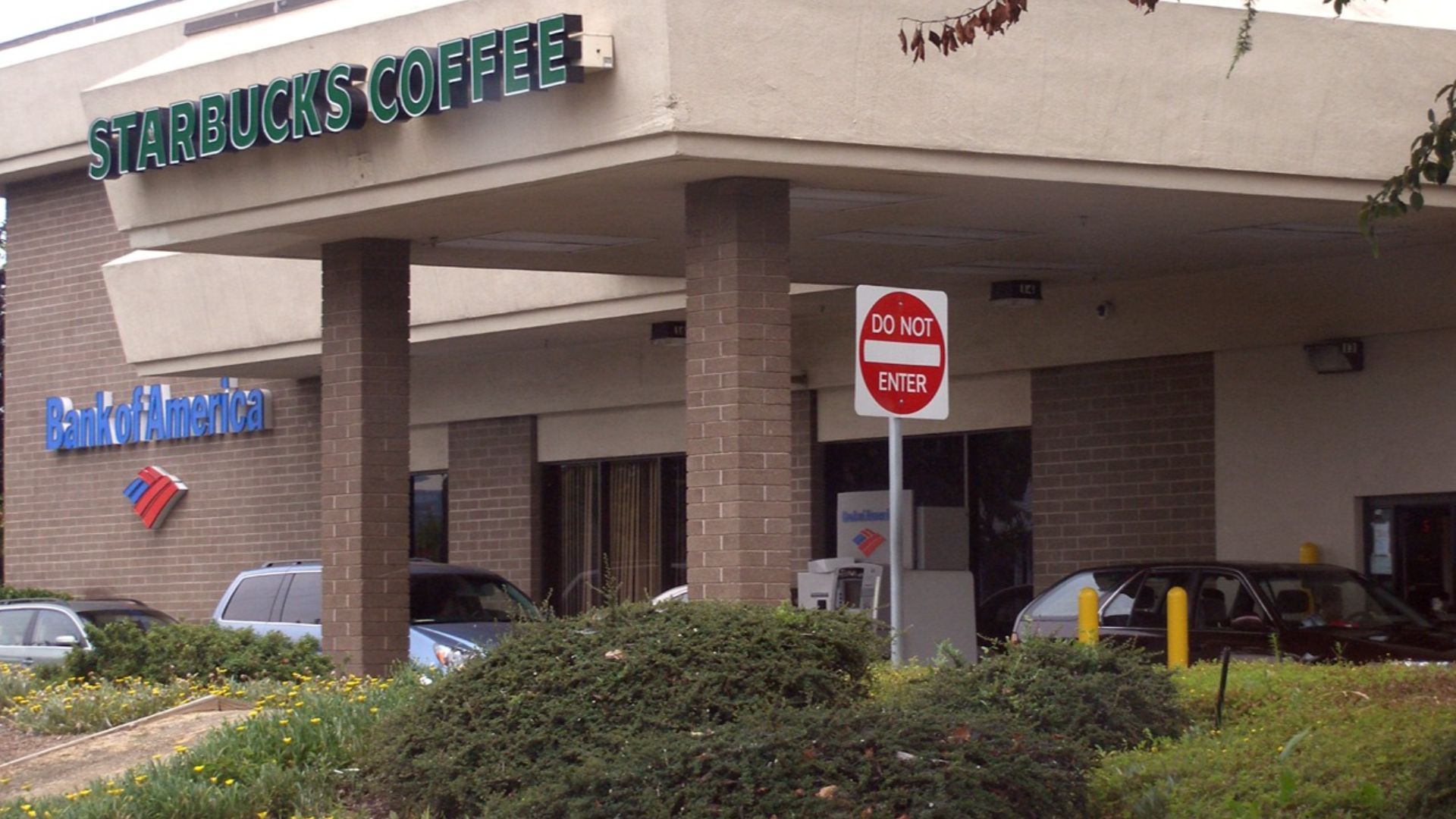 Original uploader was Coolcaesar at en.wikipedia, Wikimedia Commons
Original uploader was Coolcaesar at en.wikipedia, Wikimedia Commons
Turning Right On Red Lights
Being allowed to turn right at a red light feels almost rebellious to Europeans. While the rule improves traffic flow in the U.S., many visitors initially find it stressful, confusing, or downright nerve‑wracking.
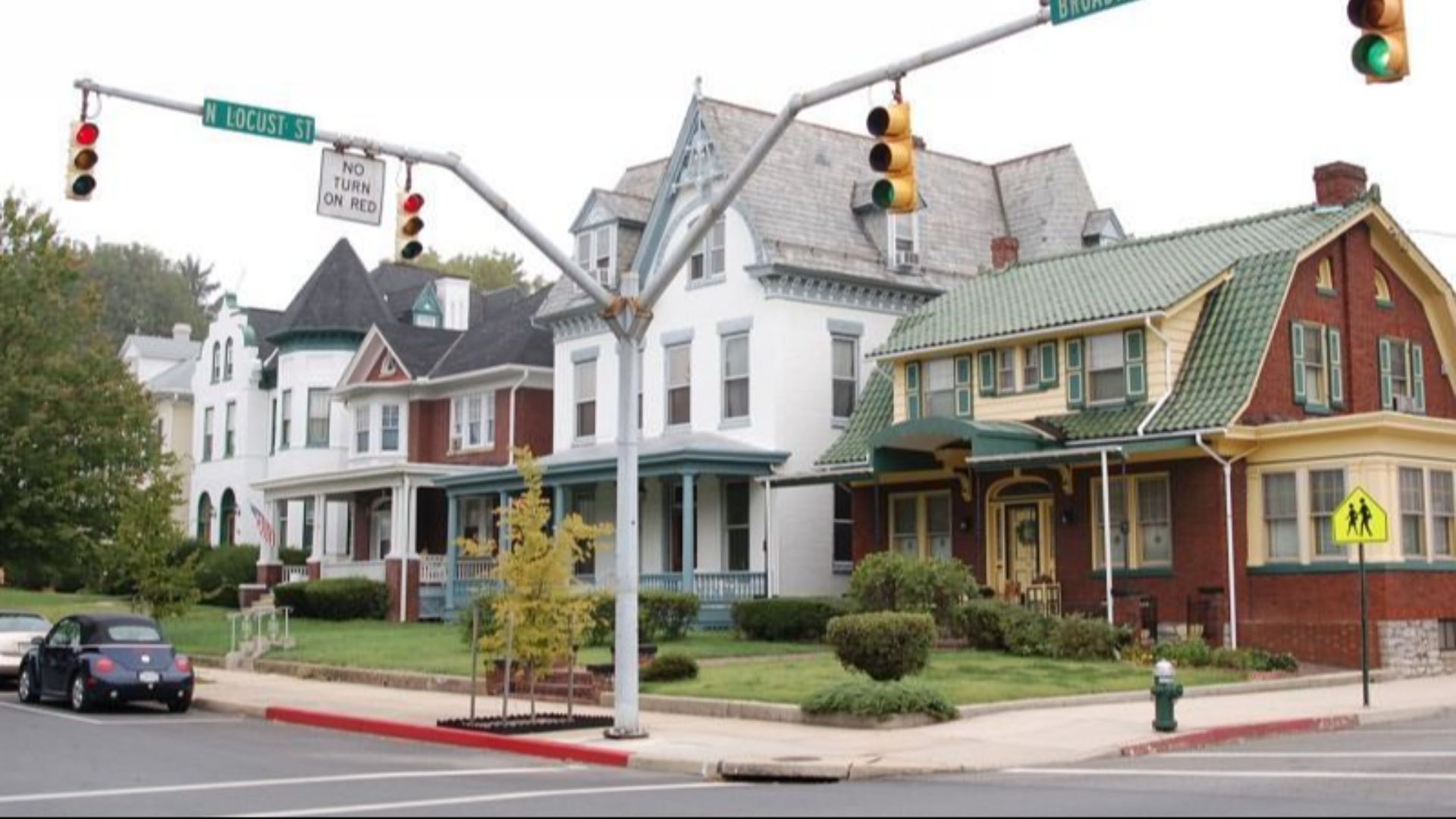 Original uploader was JoSePh at en.wikipedia, Wikimedia Commons
Original uploader was JoSePh at en.wikipedia, Wikimedia Commons
Strict "Keep Off the Grass" Rules
In the U.S., lawns are practically sacred. Cutting across the grass—even for a shorter route—is a social faux pas. Europeans, accustomed to strolling across green spaces, often find this obsession with pristine lawns surprisingly intense.
 GK tramrunner RU, Wikimedia Commons
GK tramrunner RU, Wikimedia Commons
Lack Of Roundabouts
Europe embraces roundabouts like long‑lost friends, while America… does not. The U.S. relies heavily on traffic lights and stop signs, leaving European drivers wondering why such an efficient invention isn’t used more often.
Massive Highways With Many Lanes
Highways with six, eight, or even ten lanes are common in major metro areas. Europeans, more accustomed to modestly scaled roads, are often shocked by the sheer width and monumental feel of American freeways.
Using Cars For Teen Independence
For many American teens, getting a driver’s license at 16 is a rite of passage—a badge of independence and freedom. Europeans, whose teens rely more on transit or bikes, often find this early driving culture surprising and a bit dramatic.
Huge Distances Between Cities
Driving several hours to reach another major city is totally normal in the U.S. Europeans, whose countries are smaller and closer together, are often blown away by America’s vastness and how it affects travel habits.
Idling Cars Frequently
Americans often let their cars idle while waiting, warming the engine, or running quick errands. Europeans—accustomed to stricter anti‑idling policies—see this as an unnecessary waste of fuel and energy.
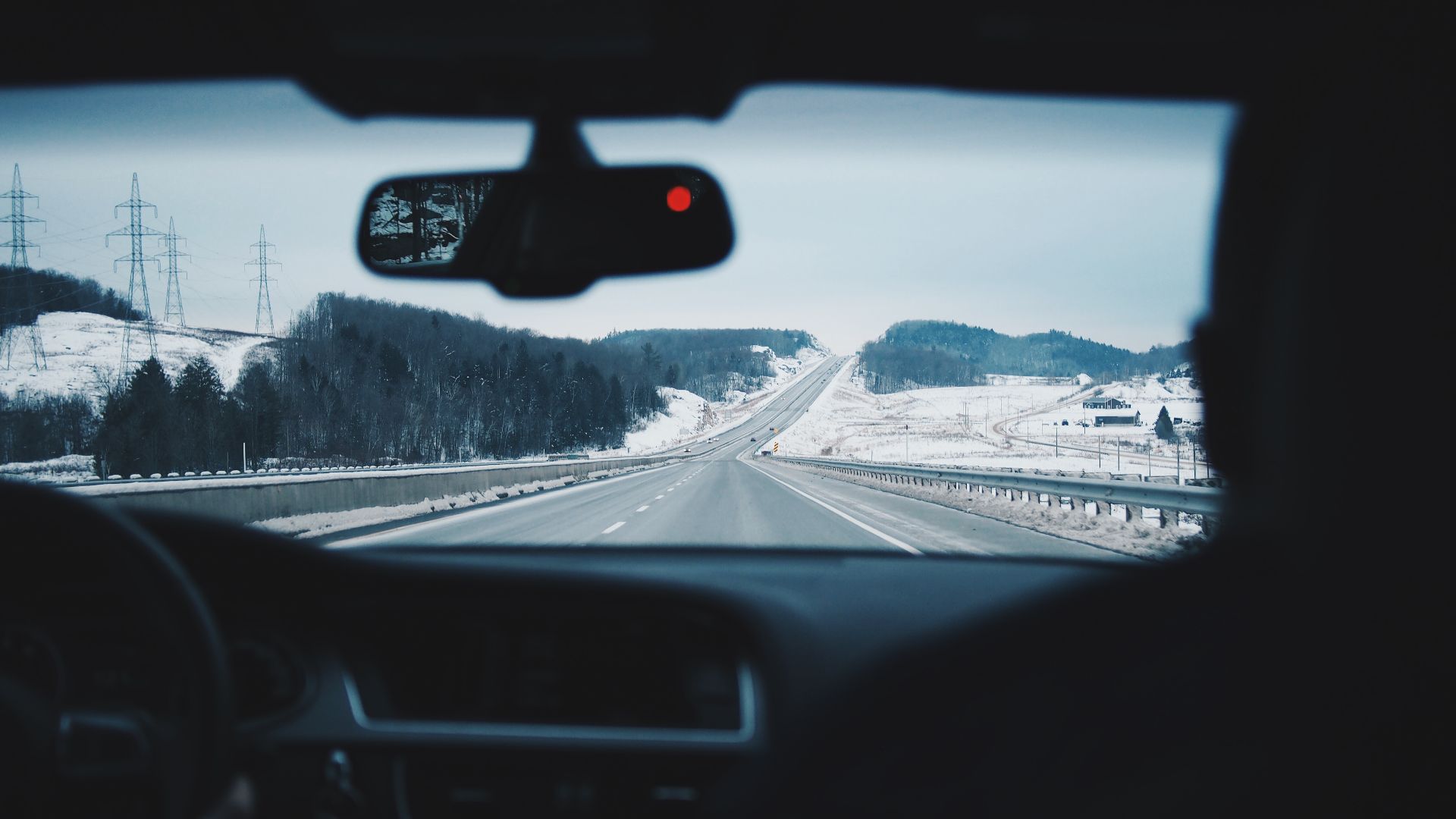 Oliur Rahman ultralinx, Wikimedia Commons
Oliur Rahman ultralinx, Wikimedia Commons
Left-Lane Hogging Enforcement
In theory, slower drivers in the U.S. must keep right, but enforcement is inconsistent. Europeans, who typically follow stricter lane discipline, often find American lane behavior chaotic and surprisingly relaxed.
The Prevalence Of Automatic Transmissions
While Europeans overwhelmingly drive manuals, nearly all American vehicles are automatic. Visitors from Europe often find it odd that stick shifts are considered almost exotic in the U.S.
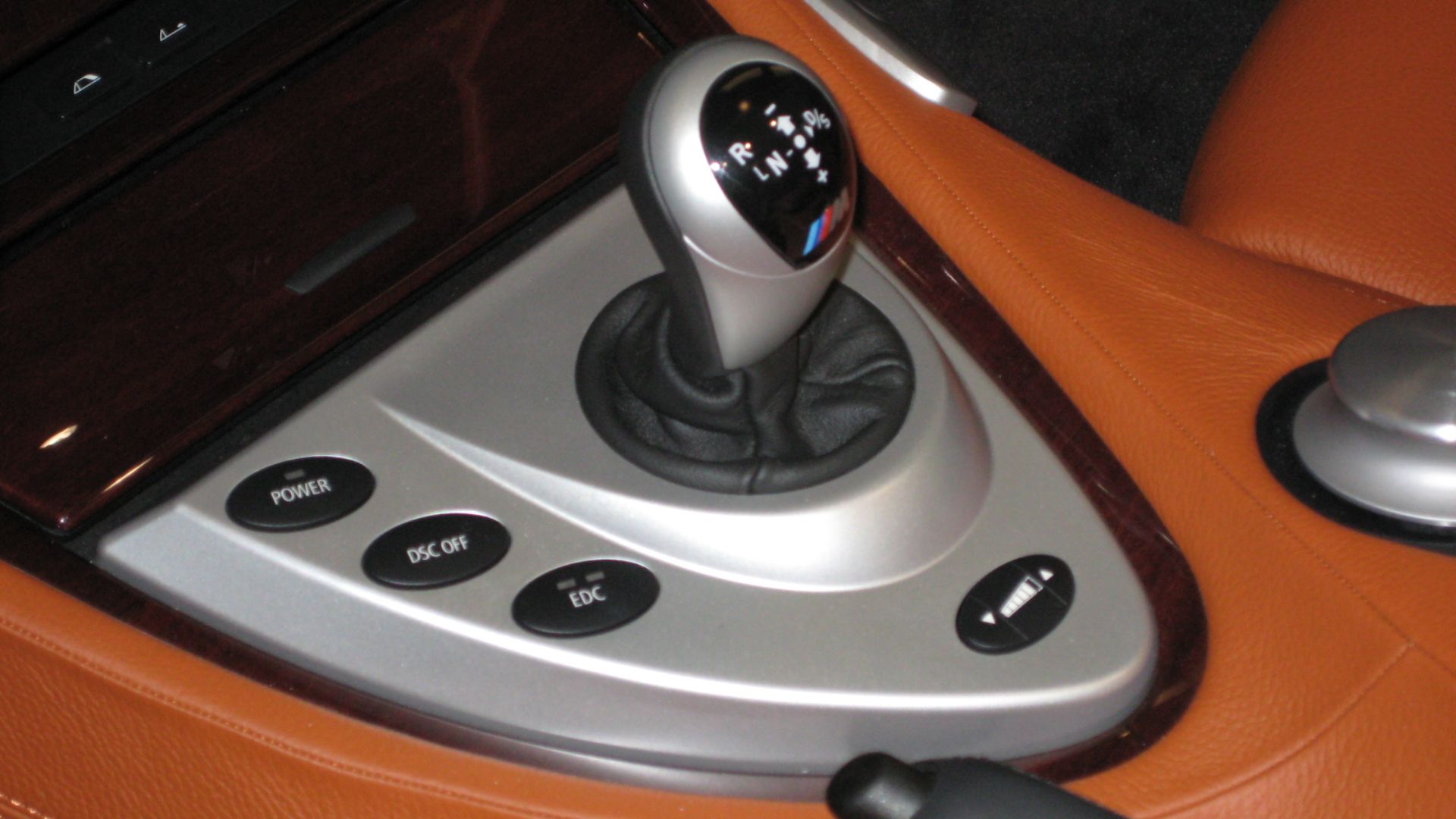 Hatsukari715, Wikimedia Commons
Hatsukari715, Wikimedia Commons
Minimal Use Of Public Transit
Outside major cities, public transportation in the U.S. can be limited or nonexistent. Europeans, used to extensive rail and bus networks, often struggle to comprehend how much Americans rely on personal vehicles.
Huge Driveways And Home Parking Capacity
American homes often come with wide driveways and massive garages—sometimes big enough for multiple cars and all the toys that come with them. Europeans rarely enjoy this level of built‑in parking luxury.
Speed Limits That Feel Slow
American speed limits are generally lower than those on Europe’s fastest roadways, such as Germany’s Autobahn. Europeans often feel U.S. speeds are overly cautious, especially on wide and open highways.
The Culture Of Road Trips
Road trips are an iconic part of American life, fueled by endless scenic highways and wide‑open spaces. Europeans also enjoy road travel, but America’s cross‑country adventures have an epic, cinematic feel.
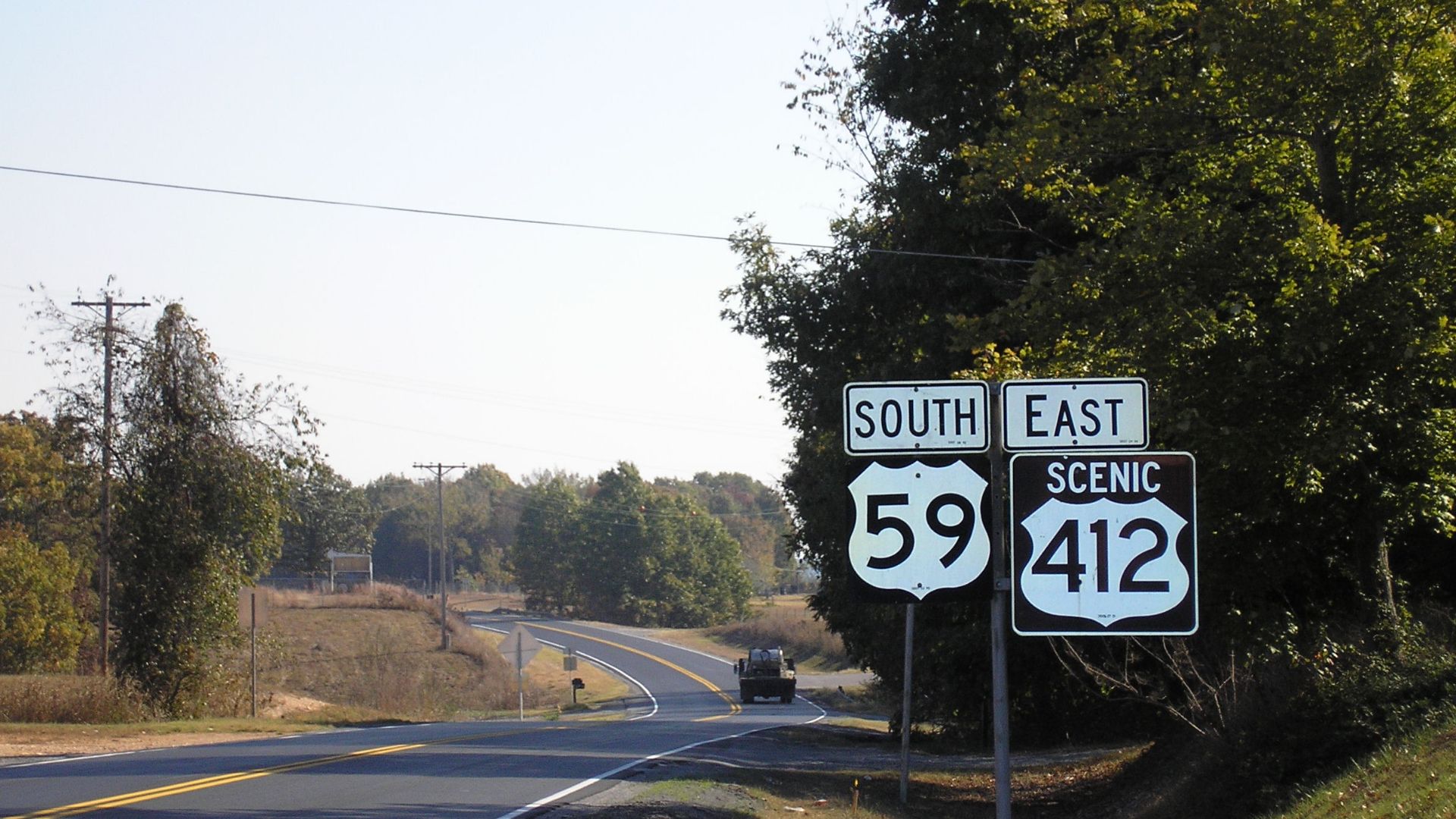 The original uploader was Rt66lt at English Wikipedia., Wikimedia Commons
The original uploader was Rt66lt at English Wikipedia., Wikimedia Commons
High Reliance On Car Ownership
In many parts of the U.S., owning a car is practically a requirement for daily life. Europeans living in transit‑friendly cities often find it shocking just how essential cars are for Americans.
Staying In The Car During Fueling
American drivers usually stay next to the pump, pay outside, and finish fueling quickly. Europeans—who may need to pre-pay inside—are sometimes surprised by how simple and streamlined the American process feels.
 Santeri Viinamäki, Wikimedia Commons
Santeri Viinamäki, Wikimedia Commons
Enormous Pickup Trucks In Cities
Seeing giant pickup trucks squeezing through tight city streets or parking garages always catches Europeans off guard. To them, these vehicles seem better suited for farms than downtown traffic.
Lack Of Pedestrian-Friendly Design
Many American suburbs lack sidewalks, crosswalks, or walkable intersections. Europeans, used to pedestrian‑oriented city layouts, often find American neighborhoods oddly unfriendly to walkers.
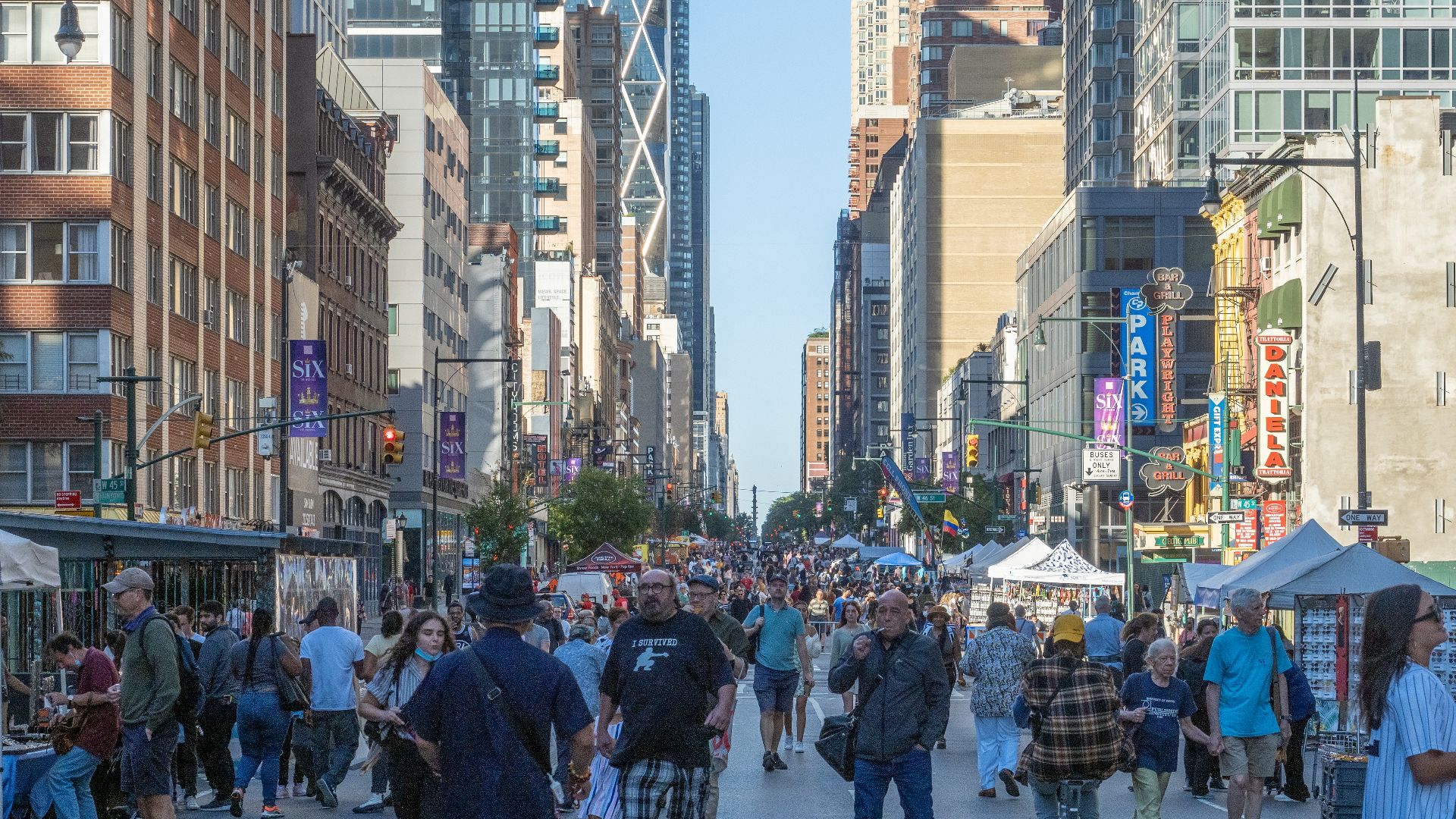 ajay_suresh, Wikimedia Commons
ajay_suresh, Wikimedia Commons
Vast Rural Roads With High Speeds
America’s long, empty stretches of rural highway feel incredibly dramatic to Europeans. These wide‑open roads—with high speed limits and endless horizons—highlight the true scale of the U.S.
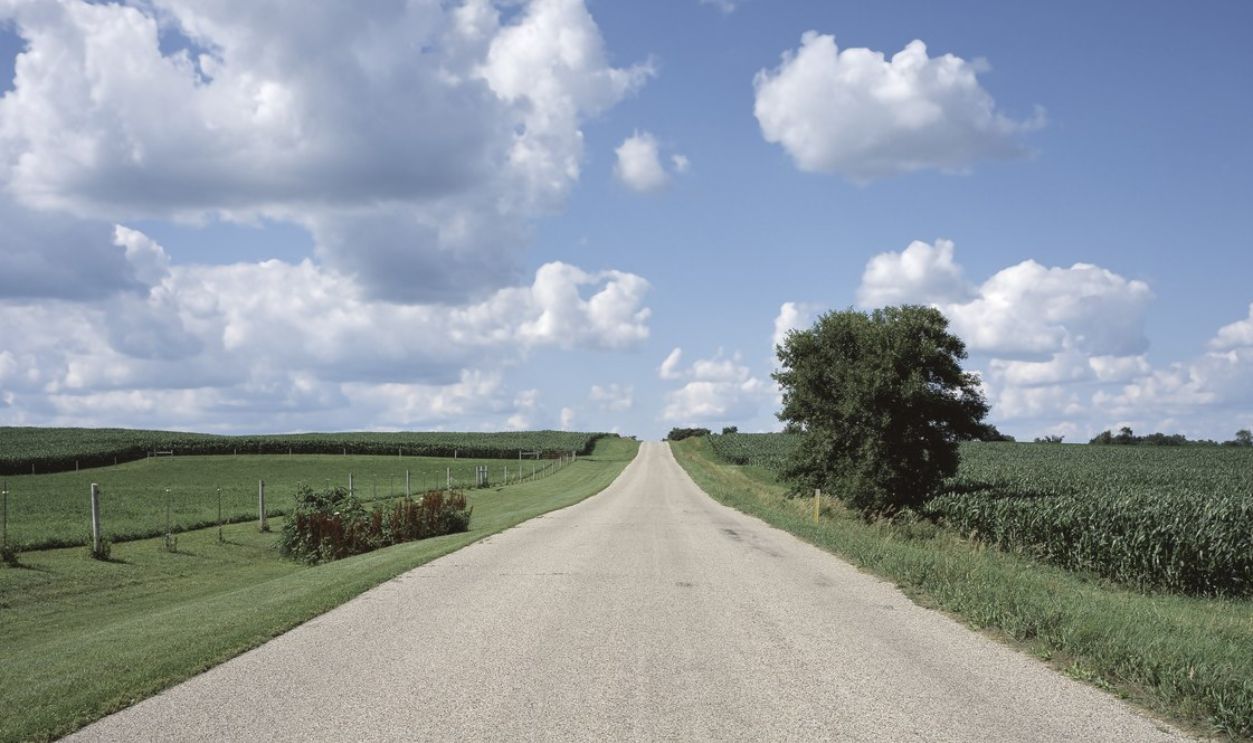 Carol M. Highsmith, Wikimedia Commons
Carol M. Highsmith, Wikimedia Commons
Using Cars For School Drop-Offs
In the U.S., it’s common for parents to drive their kids to school, even short distances. Europeans—who often rely on walking or cycling—find this habit surprising and sometimes unnecessary.
 John Gillespie from New York, USA, Wikimedia Commons
John Gillespie from New York, USA, Wikimedia Commons
Tailgating Culture At Sports Events
Massive sports stadium parking lots turn into energetic party zones before big games. Europeans are often charmed and baffled by this festive, car‑centric tradition known as tailgating.
 Ryan Dickey from Evanston, IL / Chicago, United States, Wikimedia Commons
Ryan Dickey from Evanston, IL / Chicago, United States, Wikimedia Commons
Where Would You Rather Drive?
American driving culture reflects the country’s massive landscapes, unique values, and deeply ingrained car‑centric design. While Europeans may be amused or confused by certain habits, these differences highlight what makes each region distinct and fascinating. In the end, whether you prefer a compact European hatchback or a highway‑cruising American SUV, there’s plenty to appreciate about how we move through the world.
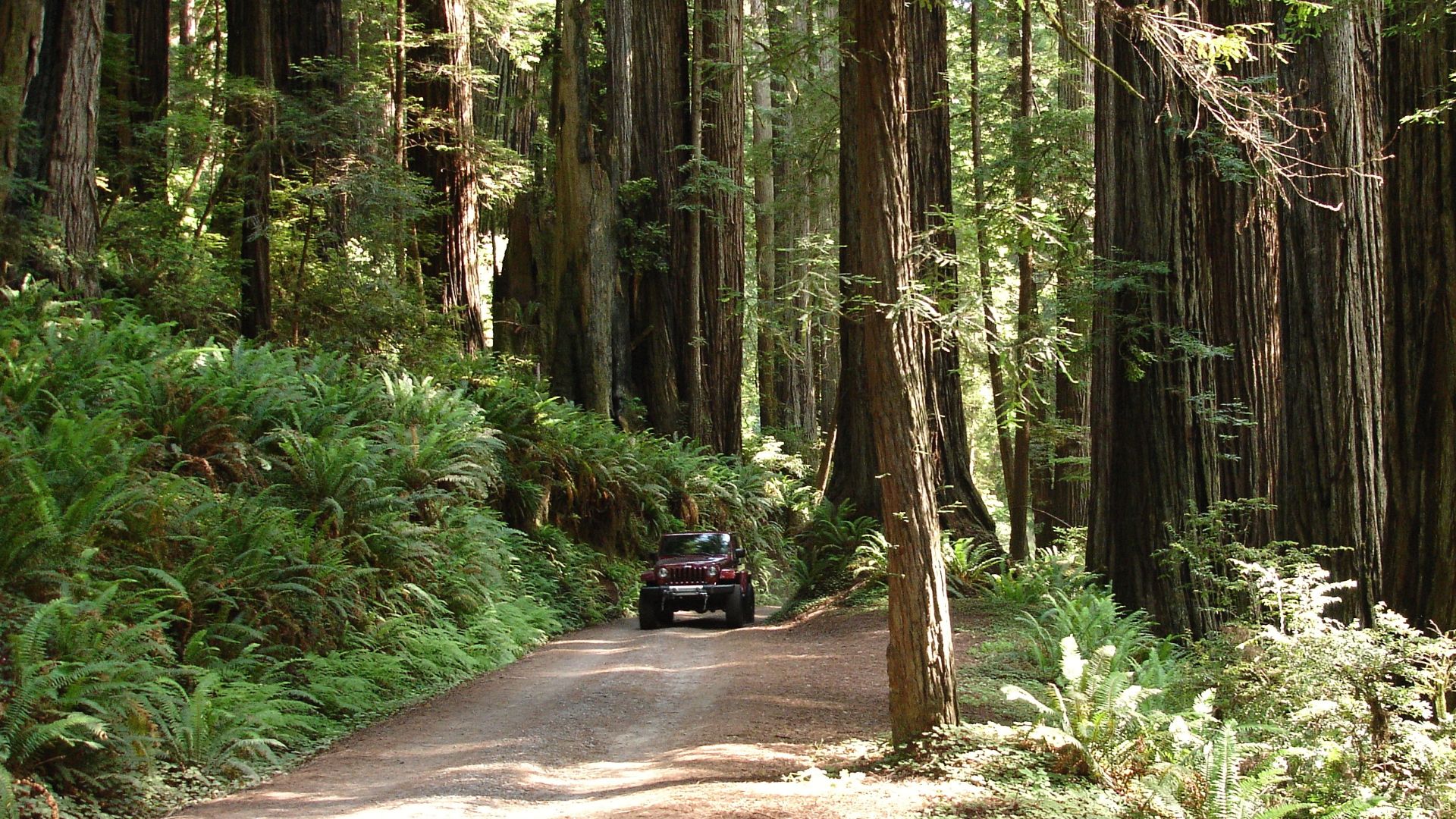 Pavel Špindler, Wikimedia Commons
Pavel Špindler, Wikimedia Commons
You May Also Like:
Cars Americans Love—That Europeans Don’t Understand
The Failed European-Style Lincoln That Americans Ignored
I hit a deer last night and my bumper’s cracked. Should I report it or just pay out of pocket?



